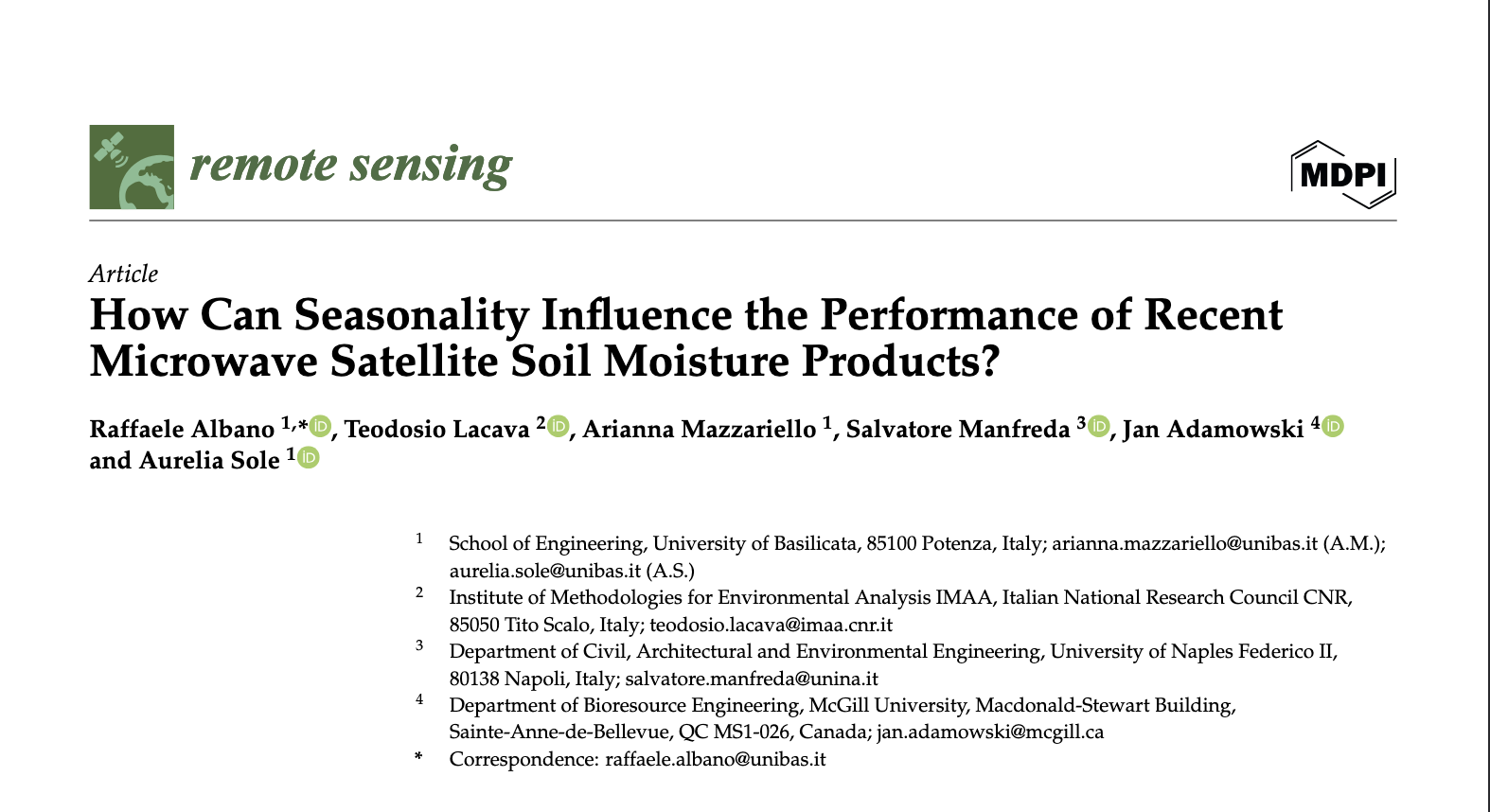In addition to technical issues related to the instruments used, differences between soil moisture (SM) measured using ground-based methods and microwave remote sensing (RS) can be related to the main features of the study areas, which are intricately connected to hydraulic–hydrological conditions and soil properties. When long-term analysis is performed, these discrepancies are mitigated by the contribution of SM seasonality and are only evident when high-frequency variations (i.e., signal anomalies) are investigated. This study sought to examine the responsiveness of SM to seasonal variations in terrestrial ecoregions located in areas covered by the in situ Romanian Soil Moisture Network (RSMN). To achieve this aim, several remote sensing-derived retrievals were considered: (i) NASA’s Soil Moisture Active and Passive (SMAP) L4 V5 model assimilated product data; (ii) the European Space Agency’s Soil Moisture and Ocean Salinity INRA–CESBIO (SMOS-IC) V2.0 data; (iii) time-series data extracted from the H115 and H116 SM products, which are derived from the analysis of Advanced Scatterometer (ASCAT) data acquired via MetOp satellites; (iv) Copernicus Global Land Service SSM 1 km data; and (v) the “combined” European Space Agency’s Climate Change Initiative for Soil Moisture (ESA CCI SM) product v06.1. An initial assessment of the performance of these products was conducted by checking the anomaly of long-term fluctuations, quantified using the Absolute Variation of Local Change of Environment (ALICE) index, within a time frame spanning 2015 to 2020. These correlations were then compared with those based on raw data and anomalies computed using a moving window of 35 days. Prominent correlations were observed with the SMAP L4 dataset and across all ecoregions, and the Balkan mixed forests (646) exhibited strong concordance regardless of the satellite source (with a correlation coefficient RALICE > 0.5). In contrast, neither the Central European mixed forests (No. 654) nor the Pontic steppe (No. 735) were adequately characterized by any satellite dataset (RALICE < 0.5). Subsequently, the phenological seasonality and dynamic behavior of SM were computed to investigate the effects of the wetting and drying processes. Notably, the Central European mixed forests (654) underwent an extended dry phase (with an extremely low p-value of 2.20 × 10−16) during both the growth and dormancy phases. This finding explains why the RSMN showcases divergent behavior and underscores why no satellite dataset can effectively capture the complexities of the ecoregions covered by this in situ SM network.
How to cite: Albano, R.; Lacava, T.; Mazzariello, A.; Manfreda, S.; Adamowski, J.; Sole, A. How Can Seasonality Influence the Performance of Recent Microwave Satellite Soil Moisture Products? Remote Sens. 2024, 16, 3044. https://doi.org/10.3390/rs16163044
